From “Our Deportment“, 1884
An authentic writer upon visiting cards says: “To the unrefined or under-bred, the visiting card is but a trifling and insignificant bit of paper; but to the cultured disciple of social law, it conveys a subtle and unmistakable intelligence. Its texture, style of engraving, and even the hour of leaving it, combine to place the stranger, whose name it bears in a pleasant or a disagreeable attitude, even before his manners, conversation, and face have been able to explain his social position.” The higher the civilization of a community, the more careful it is to preserve the elegance of its social forms. It is quite as easy to express a perfect breeding in the fashionable formalities of cards, as by any other method, and perhaps, indeed, it is the safest herald of an introduction for a stranger. Its texture should be fine, its engraving a plain script, its size neither too small, so that its recipients shall say to themselves, “A whimsical person,” nor too large to suggest ostentation. Refinement seldom touches extremes in anything.
To return a call made in person with a card inclosed in an envelope, is an intimation that visiting between the parties is ended.
CALLING CARDS.
A card used in calling should have nothing upon it but the name of the caller. A lady’s card should not bear her place of residence; such cards having, of late, been appropriated by the members of the demi-monde. The street and number always look better upon the card of the husband than upon that of the wife. When necessary, they can be added in pencil on the cards of the wife and daughter. A business card should never be used for a friendly call. A physician may put the prefix “Dr.,” or the affix ” M. D.,” upon his card, and an army or navy officer his rank and branch of service.
WEDDING CARDS.
Wedding cards are only sent to those people whom the newly married couple desire to keep among their acquaintances, and it is then the duty of those receiving the cards to call first on the young couple.
An ancient custom, but one which has been recently revived, is for the friends of the bride and groom to send cards; these are of great variety in size and design, and resemble Christmas or Easter cards but are usually more artistic.
CHRISTMAS AND EASTER CARDS.
A very charming custom that is coming into vogue is the giving or sending of Easter and Christmas cards. These are of such elegant designs and variety of colors that the stationer takes great pride in decorating his shop windows with them; indeed some of them are so elegant as to resemble oil paintings. Books and other small offerings may accompany cards as a token of remembrance.
CARDS TO SERVE FOR CALLS.
A person may make a card serve the purpose of a call, and it may either be sent in an envelope, by messenger or left in person. If left in person, one corner should be turned down. To indicate that a call is made on all or several members of the family; the card for the lady of the house is folded in the middle. If guests are visiting at the house, a card is left for each guest.
ENCLOSING A CARD IN AN ENVELOPE.
To return a call made in person with a card inclosed in an envelope, is an intimation that visiting between the parties is ended. Those who leave or send their cards with no such intention, should not inclose them in an envelope. An exception to this rule is where they are sent in return to the newly married living in other cities, or in answering wedding cards forwarded when absent from home. P. P. C. cards are also sent in this way, and are the only cards that it is as yet universally considered admissible to send by post.
SIZE AND STYLE OF VISITING OR CALLING CARDS.
A medium sized is in better taste than a very large card for married persons. Cards bearing the name of the husband alone are smaller. The cards of unmarried men should also be small. The engraving in simple writing is preferred, and without flourishes. Nothing in cards can be more commonplace than large printed letters, be the type what it may. Young men should dispense with the “Mr.” before their names.

CORNERS OF CARDS TURNED DOWN.
The signification of turning down the comers of cards are:
Visite — The right hand upper corner.
Felicitation — The left hand upper corner.
Condolence — The left hand lower corner.
P.P.C., To Take Leave – The right hand lower corner.
Card, right hand end turned down — Delivered in Person.
CARD FOR MOTHER AND DAUGHTER.
The name of young ladies are sometimes printed or engraved on their mother’s cards; both in script. It is, of course, allowable, for the daughter to have cards of her own.
Some ladies have adopted the fashion of having the daughter’s name on the same card with their own and their husband’s names.
GLAZED CARDS.
Glazed cards are quite out of fashion, as are cards and note paper with gilt edges. The fashion in cards, however, change so often, that what is in style one year, may not be the next.
P.P.C. CARDS.
A card left at a farewell visit, before a long protracted absence, has “P. P. C.” (Pour Prendre Conge) written in one corner. It is not necessary to deliver such cards in person, for they may be sent by a messenger, or by post if necessary. P. P. C. cards are not left when the absence from home is only for a few months, nor by persons starting in mid-summer for a foreign country, as residents are then supposed to be out of town. They are sent to or left with friends by ladies just previous to their contemplated marriage to serve the purpose of a call.
CARDS OF CONGRATULATION.
Cards of congratulation must be left in person, or a congratulatory note, if desired, can be made to serve instead of a call; excepting upon the newly married.
Calls in person are due to them, and to the parents who have invited you to the marriage. When there has been a reception after the ceremony, which you have been unable to attend, but have sent cards by some member of your family, your cards need not again represent you until they have been returned, with the new residence announced; but a call is due to the parents or relatives who have given the reception. When no wedding cards are sent you, nor the card of the bridegroom, you cannot call without being considered intrusive. One month after the birth of a child the call of congratulation is made by acquaintances.
LEAVE CARDS IN MAKING FIRST CALL.
In making the first calls of the season (in the autumn) both ladies and gentlemen should leave a card each, at every house called upon, even if the ladies are receiving. The reason of this is that where a lady is receiving morning calls, it would be too great a tax upon her memory to oblige her to keep in mind what calls she has to return or which of them have been returned, and in making out lists for inviting informally, it is often the card-stand which is first searched for bachelors’ cards, to meet the emergency. Young men should be careful to write their street and number on their cards.
LEAVE CARDS AFTER AN INVITATION.
After an invitation, cards must be left upon those who have sent it, whether it is accepted or not. They must be left in person, and if it is desired to end the acquaintance the cards can be left without inquiring whether the ladies are at home.
Gentlemen should not expect to receive invitations from ladies with whom they are only on terms of formal visiting, until the yearly or autumnal call has been made, or until their cards have been left to represent themselves.
CARDS IN MEMORIAM.
These are a loving tribute to the memory of the departed; an English custom rapidly gaining favor with us; it announces to friends the death, of which they might remain in ignorance but for this mark of respect:
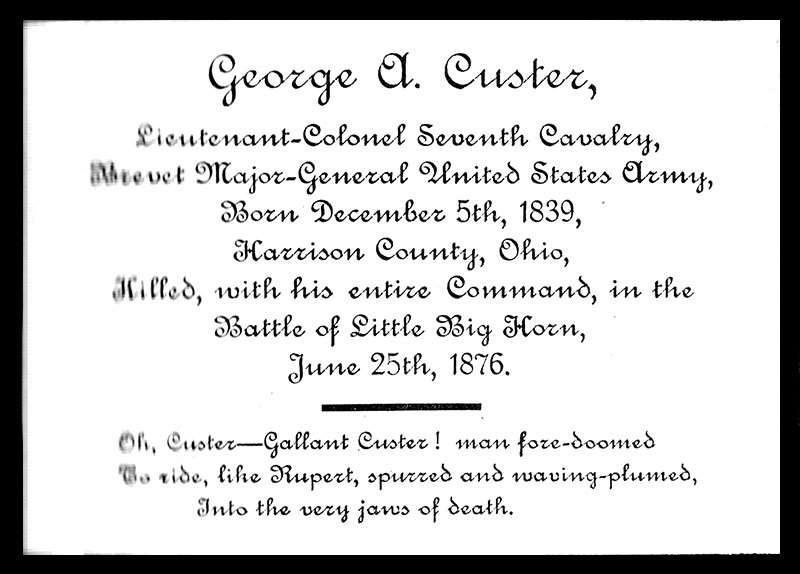
CARDS OF CONDOLENCE.
Cards of condolence left by mere acquaintances must be returned by “mourning cards” before such persons feel at liberty to make a call. When the bereaved are ready to receive calls (instead of the cards) of their acquaintances, “mourning cards” in envelopes, or otherwise, are returned to all those who have left their cards since the death, which was the occasion of the cards being left. Intimate friends, of course, do not wait for cards, but continue their calls, without regard to any ceremonious observances made for the protection of the bereaved. Acquaintances leaving cards should inquire after the health of the family, leaving the cards in person.
MOURNING CARDS.
On announcement of a death it is correct to call in person at the door; to make inquiries and leave your card, with lower left hand corner turned down. Unless close intimacy exists, it is not usage to ask to see the afflicted. Cards can be sent to express sympathy, but notes of condolence are permissible only from intimate friends.
A BRIDEGROOM’S CARD.
When only the family and the most intimate friends of a bride and bridegroom have been included in the invitation for the marriage or where there has been no reception after the marriage at church, the bridegroom often sends his bachelor card (inclosed in an envelope) to those of his acquaintances with whom he wishes to continue on visiting terms. Those who receive a card should call on the bride, within ten days after she has taken possession of her home. Some persons have received such a card an an intimation that the card was to end the acquaintance. This mistake shows the necessity of a better understanding of social customs.






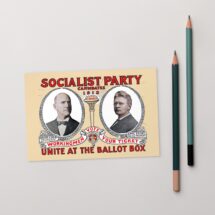
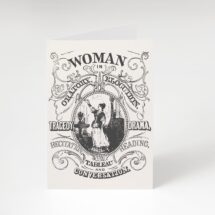

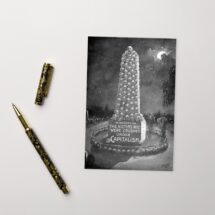










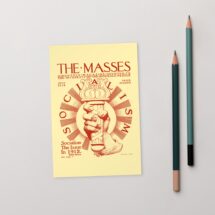




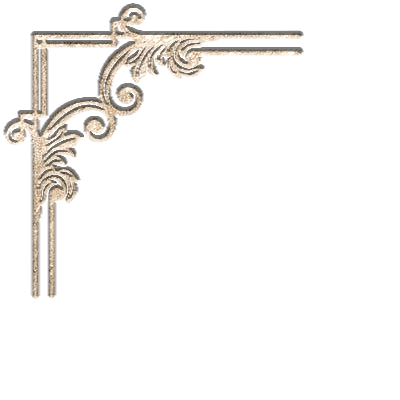
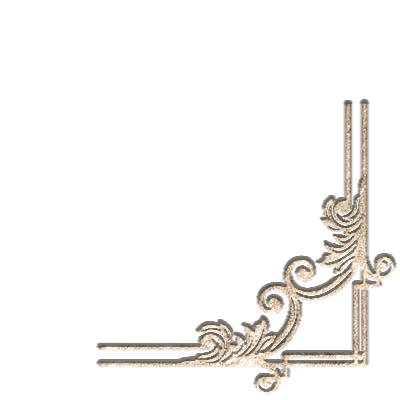
You must be logged in to post a comment.